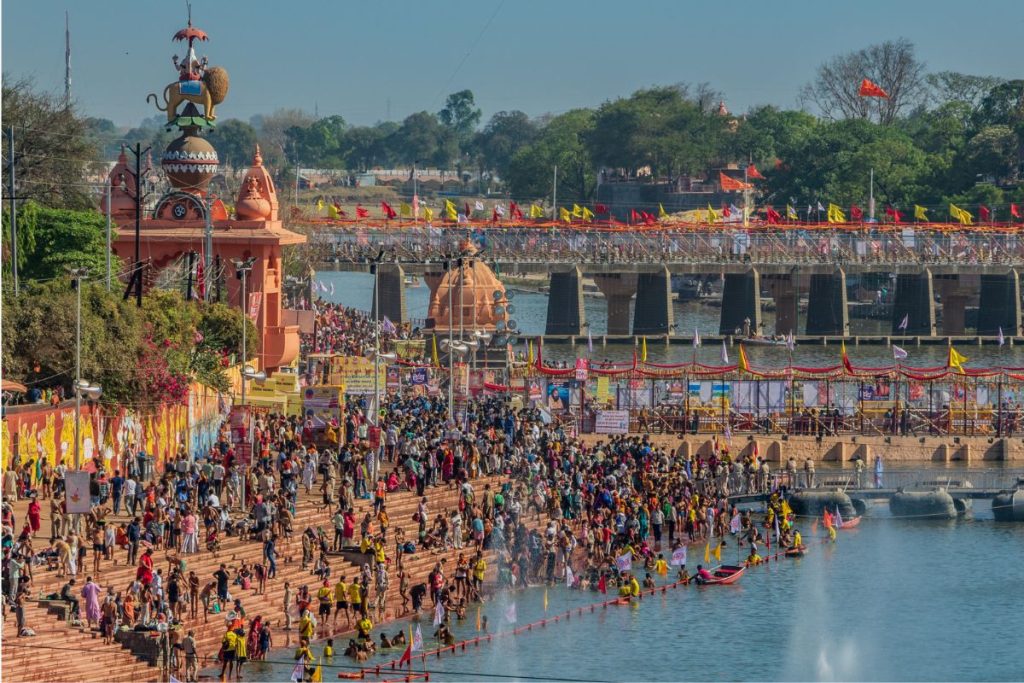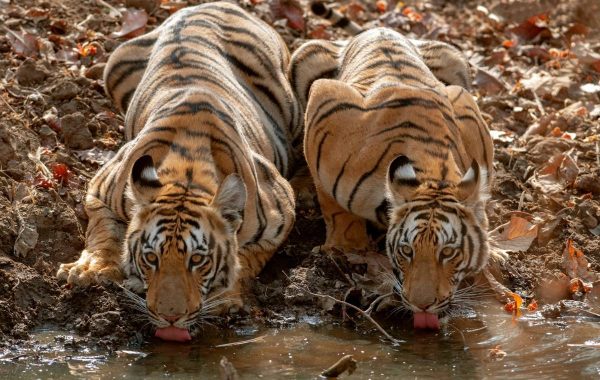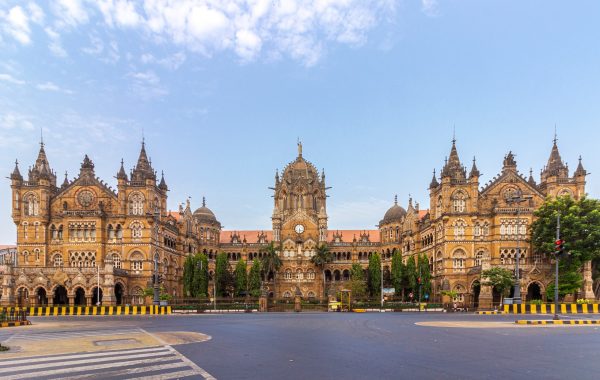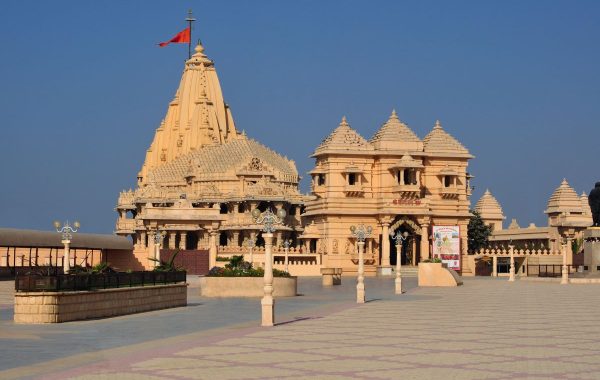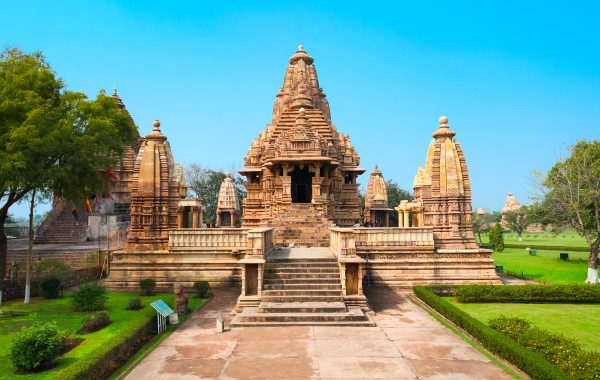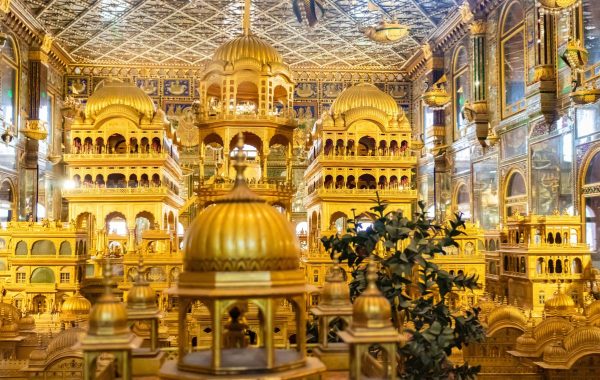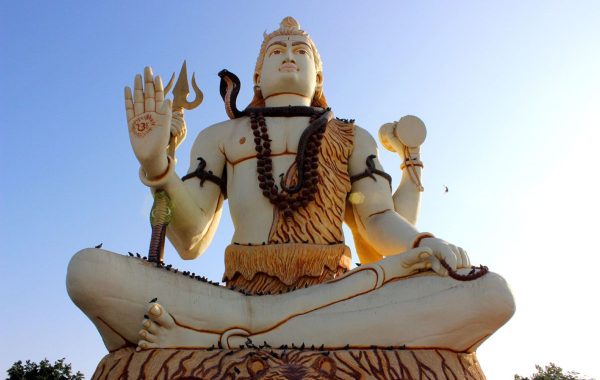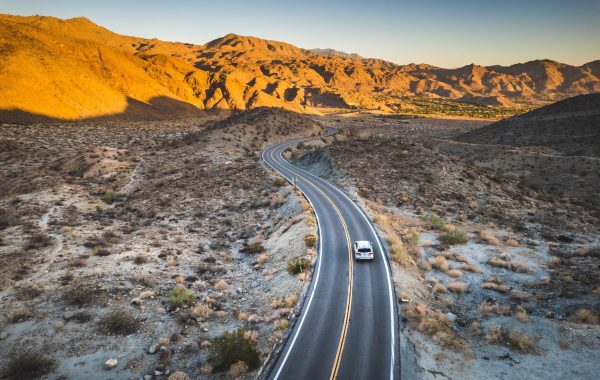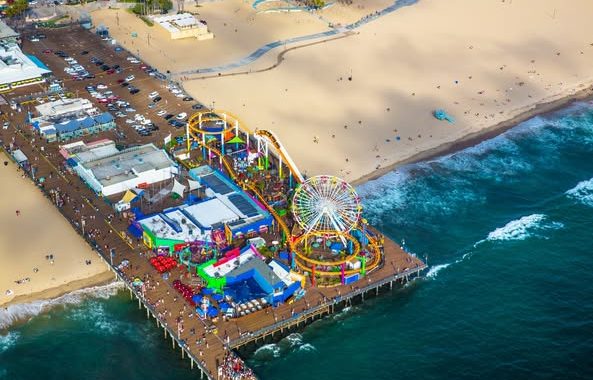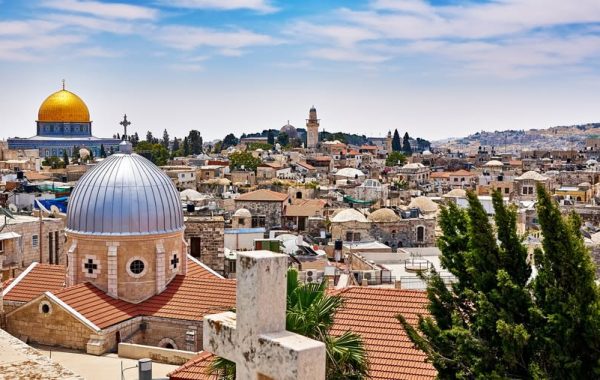Embark on a spiritual journey through the ancient city of Ujjain, exploring its revered temples and the profound experience of the Kumbh Mela, where tradition and devotion converge.
Ujjain, a city steeped in ancient history and spirituality, holds a special place in the hearts of devout pilgrims and seekers of spiritual enlightenment. Located in the Indian state of Madhya Pradesh, Ujjain is renowned for its association with the Kumbh Mela, a grand religious gathering that draws millions of devotees and tourists from across the globe. This sacred city, nestled on the banks of the holy Shipra River, is not only famous for the Kumbh Mela but also boasts a plethora of other spiritual spots that beckon visitors on a profound journey of self-discovery.
Let us delve into the significance of the Ujjain Kumbh Mela and explore the must-visit spiritual spots in Ujjain that offer a glimpse into its rich religious heritage.
The Kumbh Mela
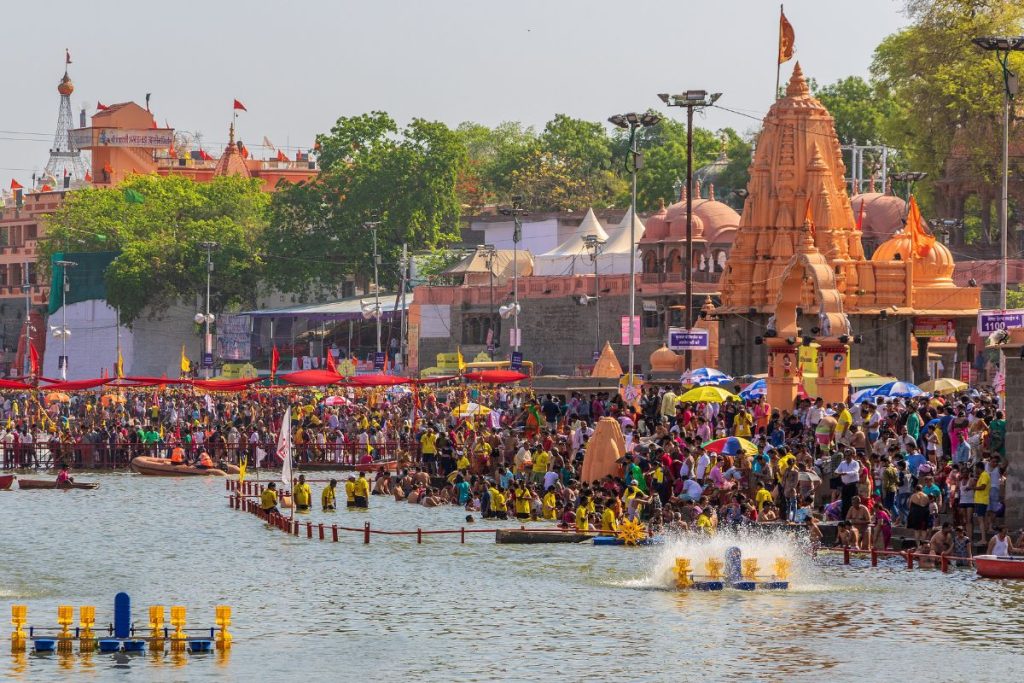
The Kumbh Mela stands as arguably the world’s largest spiritual congregation, conducted across four distinct locations in India: Haridwar, Ujjain, Prayagraj, and Nashik. This grand event unfolds once every four years, with each of the four cities taking its turn as host. Ujjain, in particular, hosts the revered Simhasth Kumbh Mahaparv along the sacred banks of the Kshipra river. Simhasth Kumbh Mahaparv is widely recognized as a significant Hindu pilgrimage, drawing devotees from all corners of the globe. The primary ritual involves participants immersing themselves in the holy waters, as it is believed that this act of devotion cleanses them of their sins. Beyond its spiritual dimension, the Kumbh Mela emerges as a spectacular and captivating event, offering a vibrant tapestry of culture and tradition that mesmerizes all who partake in its grandeur. According to legend, Samudra Manthan or the churning of the oceans by gods and demons yielded a pot of Amrit, the nectar of immortality. Drops fell into holy rivers at four places where the Kumbh Mela is now held. Bathing in these rivers is believed to cleanse the soul and free it from the cycle of birth and death. While all days of the festival are auspicious, there are some particularly special snaan or bath days, determined by astrology. These are listed on the festival website.
Must Read: A Comprehensive Travel Guide To Khajuraho, Madhya Pradesh
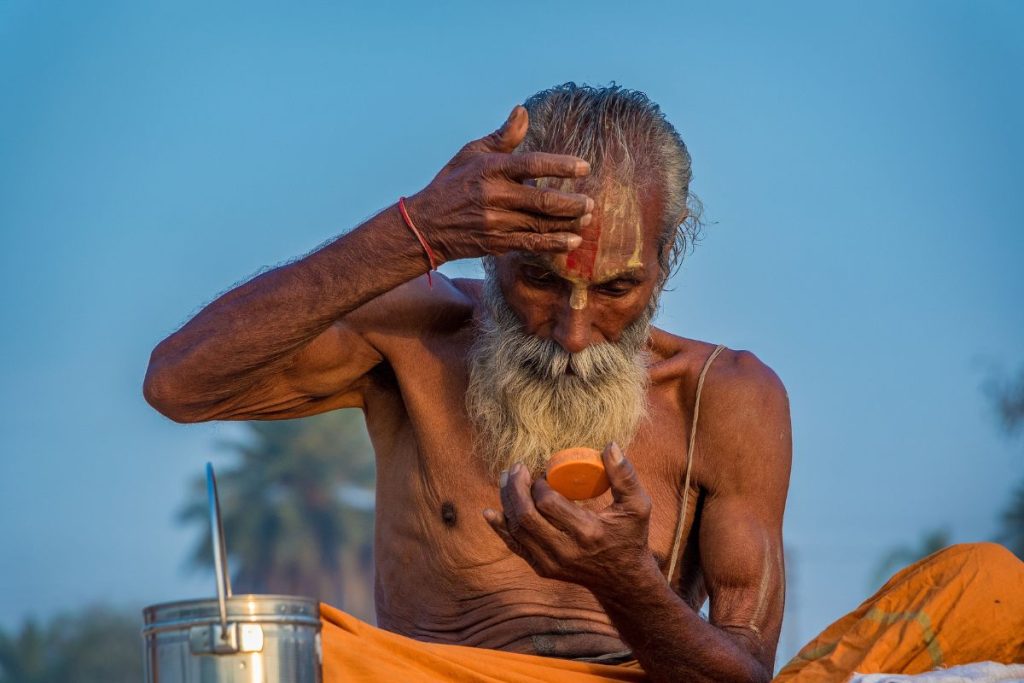
The mela is spread over an area of 3,000 hectares. Camps house different akharas or sects of sadhus who come from around India. A sea of people are dressed in shades of saffron and smeared with ash. The striking tikas they wear reveal which sect they belong to. Various akharas organise cultural events including music, dance, spiritual lectures, and sport performances. In the evenings, the centre of action is Ram Ghat, a sacred bathing spot for pilgrims. It comes alive during religious festivals and the Kumbh Mela, where devotees take a dip in the holy waters to cleanse their souls. The evening aarti at Ram Ghat, with thousands of lamps floating on the river, is a mesmerizing sight and a spiritually uplifting experience.
On the sidelines of the Kumbh, many pilgrims also visit prominent sacred places in Ujjain, known to be a city of temples. Mahakaleshwar Jyotirlinga and Kal Bhairav temple are the most visited shrines.
Mahakaleshwar Temple
Situated within the ancient confines of Ujjain’s old city in Madhya Pradesh, the Mahakaleshwar Temple holds a place of utmost reverence as one of India’s twelve Jyotirlingas. This sacred abode is dedicated to Lord Shiva and stands as one of the eighteen Maha Shakti Peethas in the country. One distinctive feature of this temple is the south-facing idol of Lord Mahakaleshwar, a departure from the norm among Jyotirlingas. This holy site draws Hindu pilgrims from all corners of the country, with the Bhasma-Aarti, a sacred ritual involving the offering of sacred ash, serving as a powerful magnet for devotees. The temple complex boasts a spacious courtyard adorned with exquisite sculptures, reflecting influences from Chalukya, Maratha, and Bhumija styles of architectural design. Spanning across five levels, this revered site experiences an overwhelming influx of devotees during the grand Maha Shivaratri festival.
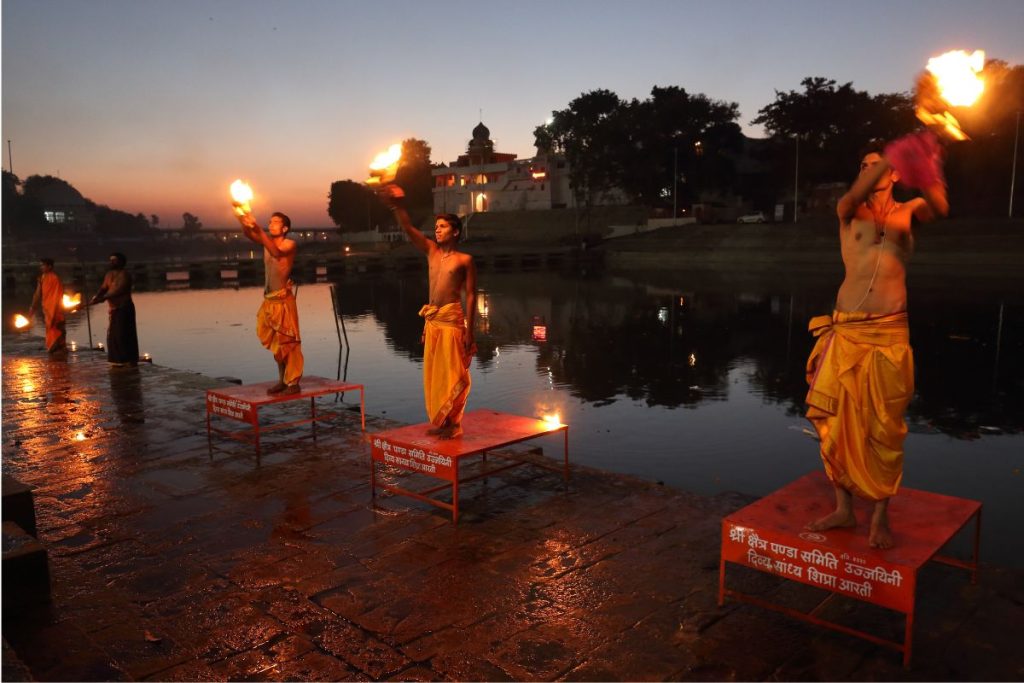
The very name “Mahakaleshwar” signifies the “Lord of Time,” an apt moniker for Lord Shiva, one of the principal deities in the Hindu trinity alongside Brahma and Vishnu. In this sanctified temple, Lord Shiva, revered as Mahakal, is venerated, thus earning it the title of the Mahakaleshwar Jyotirlinga.
Kal Bhairav Temple
Crossing the bridge that spans the Shipra River, near the Bhagirathi Caves, leads you to the renowned Kal Bhairav Temple. In Ujjain, the devotion to the ashta bhairava, or the eight attendants of Lord Shiva, is an integral facet of Shiva Bhakti (devotional worship), and given that Kal Bhairav is the foremost among these eight, this temple holds profound significance in the town. Historically, the temple is believed to have been constructed under the patronage of King Bhadrasen of Mahismati, known today as Maheshwar. Its importance is enshrined in Hindu scriptures like the Avanti Khanda of the Skanda Purana. Devotees who visit the temple bring offerings that typically include flowers, coconuts, incense, and notably, liquor.
Also Read: Food Guide: 25 Must-Try Dishes In Madhya Pradesh And Where To Eat Them
Bada Ganapati Temple
Situated adjacent to the Mahakal Temple campus along the path that leads to the Harsiddhi Temple, this temple is home to an imposing four-meter-tall statue of Lord Ganesha. Additionally, within its inner sanctum, you will find a four-faced brass idol of Lord Vishnu.
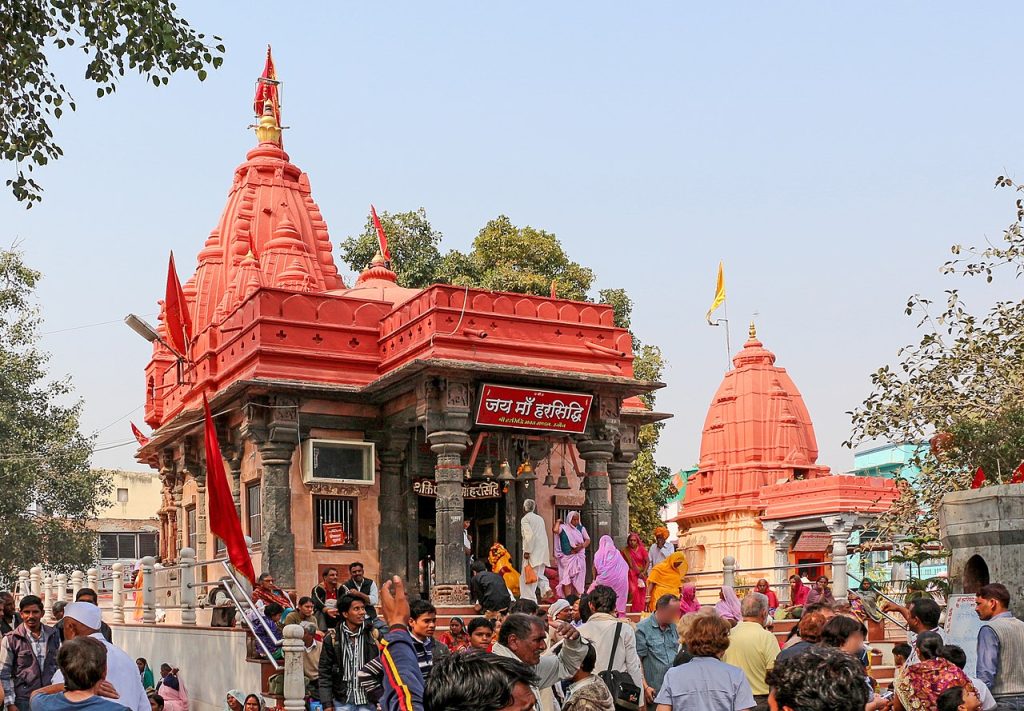
Harsiddhi Temple
This temple holds a unique and revered position among the ancient sacred sites of Ujjain. Situated between the idols of Mahalaxmi and Mahasaraswati, the statue of Annapurna is adorned with a deep vermilion hue. Within the temple, you’ll also find the Sri Yantra, a symbol of power and shakti, enshrined.According to the Shiva Purana, a significant legend surrounds this temple: when Lord Shiva carried away the burning body of Sati from the sacrificial fire, her elbow fell at this very spot. The temple underwent reconstruction during the Maratha era, and its distinctive features include two pillars adorned with lamps. These lamps, illuminated during Navaratri, create a splendid and awe-inspiring spectacle.
Ujjain, with its blend of spirituality, history, and culture, is a city that beckons travelers on a journey of inner transformation. Whether you visit during the grand Ujjain Kumbh Mela or at any other time of the year, the spiritual spots in Ujjain offer a unique opportunity to connect with your inner self and experience the divine essence that permeates this ancient city. It is a place where the past meets the present, and the seeker meets the divine, creating an unforgettable spiritual experience.
For latest travel news and updates, food and drink journeys, restaurant features, and more, like us on Facebook or follow us on Instagram. Read more on Travel and Food Network
Trending on TFN
A Spanish Odyssey: Trafalgar’s Unparalleled Best of Spain Itinerary
Imperial Splendors: Trafalgar’s 10-Day Sojourn in Prague, Vienna, and Budapest


